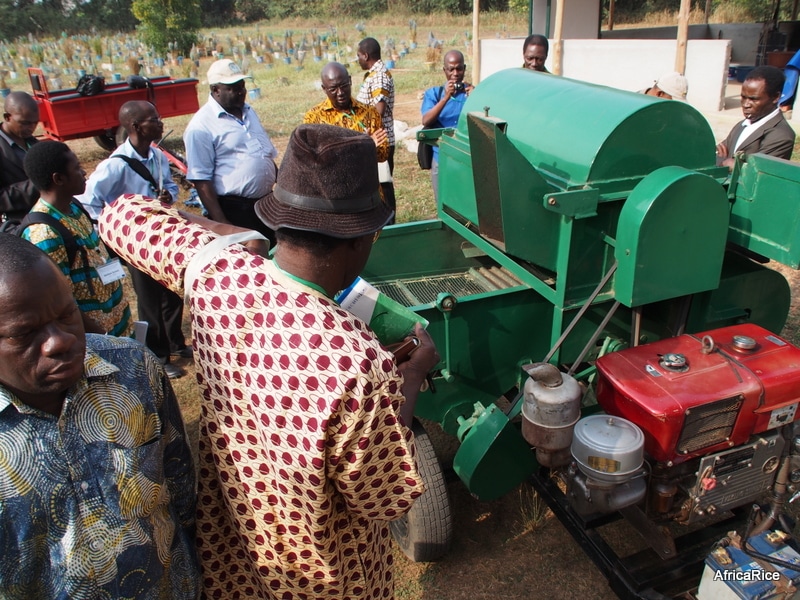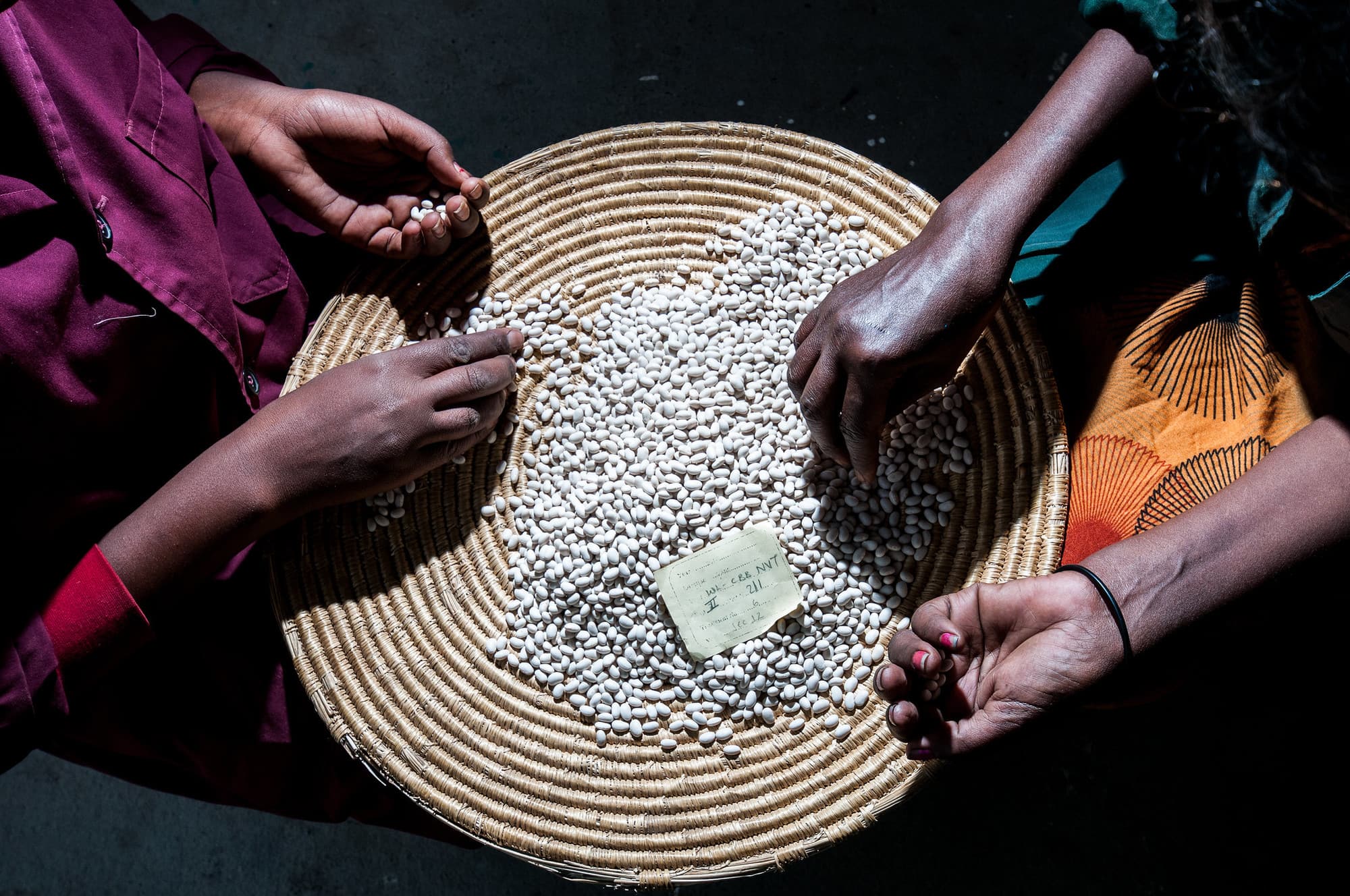Breeding research delivers genetic gains in wheat to NARS across the globe
The CGIAR Research Program on Wheat’s (WHEAT) Global Wheat (Breeding) Program (the International Maize and Wheat Improvement Center [CIMMYT] and the International Center for Agricultural Research in the Dry Areas [ICARDA]) has delivered significant genetic gains to National Agricultural Research System (NARS) partners by developing high-yielding, climate-resilient, and disease-resistant wheat germplasm.
Demand for food around the world is increasing, driven by population growth and dietary changes. Simultaneously, the consequences of climate change pose a series of stresses on cropping systems that will severely endanger food production. Increasing the rate of genetic gain is an important contribution to meet future wheat demand; and assessing such a rate is critical to determine the performance of breeding programs.
Genetic gains in grain yield impact an estimated 61 million hectares of the 215 million hectares of the global wheat area.
Using a set of previous studies, the performance of bread wheat breeding germplasm developed by the Global Wheat Program (GWP) at CIMMYT was assessed through the extensive analysis of international data sets in 2020. The results indicated that genetic gains range from 0.5% to 1% per annum, which, on average, represents 46.6 kilograms per hectare per year (kg/ha/year).
For a more controlled assessment of genetic gains, the CIMMYT-GWP team evaluated a selection of internationally distributed lines from 2004 to 2017 in the Elite Spring Wheat Yield Trial (ESWYT) and Semi-Arid Wheat Yield Trial (SAWYT). Over two years’ worth of evaluations indicate a genetic gain of 0.7% in optimally irrigated (47 kg/ha/year) and drought-stressed environments (25 kg/ha/year), respectively. Biomass accumulation in optimal environments is the variable most correlated with yield.
In another long-term, on-station experiment, a set of historical varieties representing 50 years of wheat breeding was evaluated under optimally irrigated and drought environments. The estimated genetic gains ranged between 24.7 to 35.3 kg/ha/year and 18.1 to 25.6 kg/ha/year, respectively, demonstrating that WHEAT/CIMMYT’s bread wheat breeding program continues to deliver superior germplasm to target environments. In 2020, these efforts led directly to the release of 39 varieties in 10 countries by national partners (Afghanistan, Algeria, Bangladesh, Ethiopia, India, Iran, Kenya, Nepal, Peru, and Turkey).
WHEAT/CIMMYT’s bread wheat breeding program continues to deliver superior germplasm to target environments.
The wheat breeding program is testing faster advancement and recycling approaches to further reduce time per breeding cycle time from the current 5 to 6 years to 3 to 4 years, thereby accelerating genetic gain. A field-based Rapid Bulk Generation Advancement Scheme has been designed for faster advance and recycling.
This scheme will be initiated in the newly established screenhouse facility in Toluca, Mexico, growing wheat year-round. With an expected cycle time of three months, the facility will allow four crop cycles in a year, a massive improvement when compared to the current two crop cycles infield. This approach will also follow early-yield testing of developed germplasm at targeted locations, thus accelerating germplasm availability for national partners.



